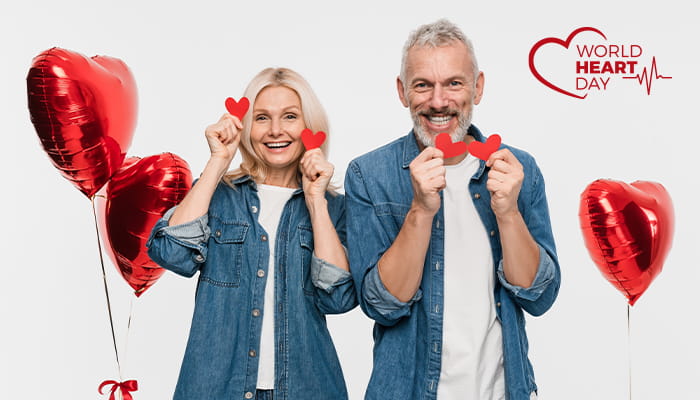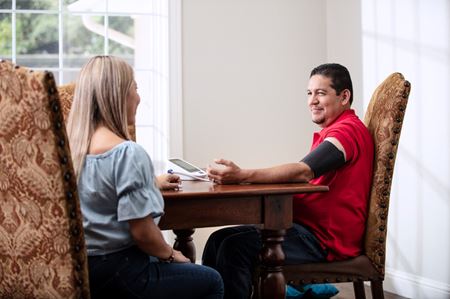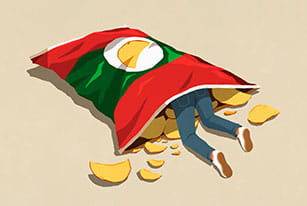
 American Heart Association
American Heart Association 3X MATCH ALERT: Triple Your Lifesaving Gift

-
CPR and ECC Training
Be prepared for an emergency: Learn CPR. Save a life.
-
AHA Support Network
Join our online community of patients, survivors and caregivers.
-
Professional Membership
Build your professional career and start making an impact today.
-
Volunteer Opportunities
Help us create a healthier world free of heart disease and stroke.
How we are changing the future of health together
Our high blood pressure quality care initiative ensures lifesaving care for people at risk for heart disease.
We've funded more heart, brain and cardiovascular research than any non-profit U.S. organization except the federal government.
9 out of 10 people who have a cardiac arrest outside of the hospital die. If performed immediately, CPR can double or triple a person's chances of survival.

10 Key Facts from the New High Blood Pressure Guideline
Learn the top 10 takeaways from the new high blood pressure guideline: dementia risks, heart disease prevention, pregnancy concerns, when to seek emergency care and more.

Are ultraprocessed foods (UPFs) good or bad?
Ultraprocessed foods are often high in saturated fat, added sugars, and salt, which should be limited. However, some can offer nutritional value and fit into a healthy diet. Here's what is known about the impact of UPFs on health.

Scientific Sessions 2025
Cardiovascular science and medicine professionals, join us in New Orleans, LA this November for Scientific Sessions 2025. Don’t miss the opportunity to expand your knowledge, grow your career and shape the future of cardiovascular health. See you there, November 7-10, 2025!
The New American Heart Association Cookbook: Centennial Edition

News and Stories

Join us in saving lives
Get updates on groundbreaking research, inspiring survivor stories, and ways you can help save lives—all delivered to your inbox.

